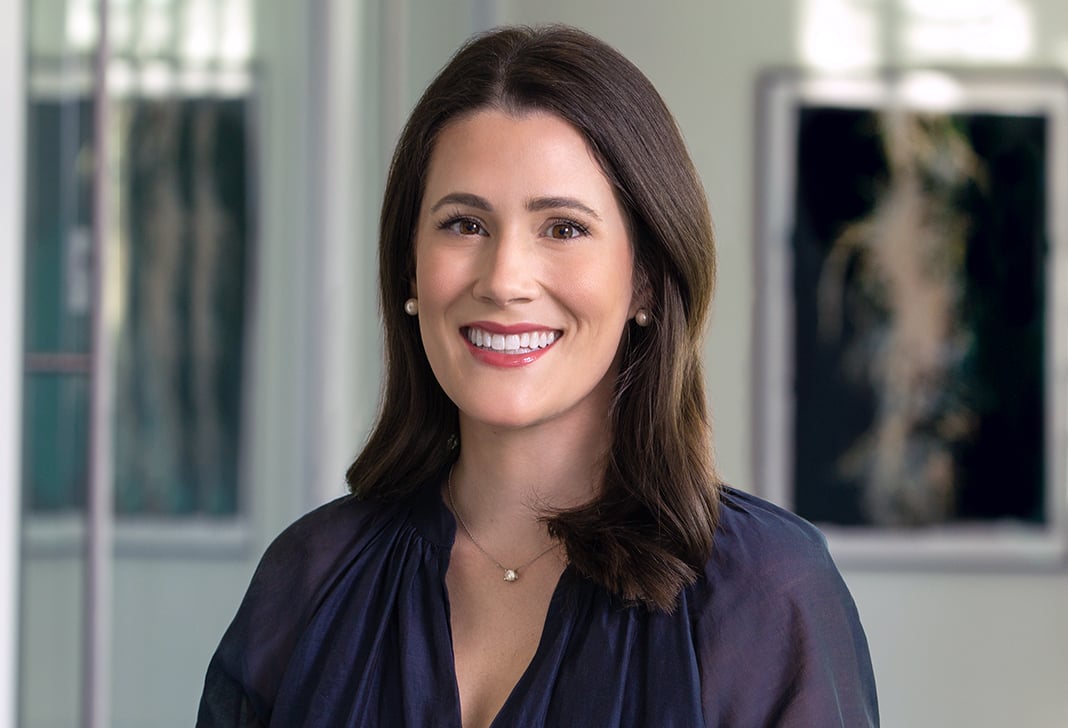
Striking the Balance: Managing Shareholder Engagement in 2025
In Short
The Situation: Shareholder engagement has become a continuous, proactive process, requiring active participation from both investors and companies. This year, companies and investors have changed both their expectations and practices relating to engagement due to SEC guidance that altered the parameters for passive investors who file beneficial ownership reports on Schedule 13G.
The Result: The SEC guidance compels passive investors to carefully assess their engagement activities to ensure they do not cross the line into influencing control. Companies, in turn, must be mindful of these constraints and adjust their shareholder outreach practices accordingly.
Looking Ahead: The last months of the year are a key time for engagement on investor priorities, company performance, and annual meeting outcomes. An understanding of the changes in engagement practices will help companies maximize their opportunities to address investor concerns and provide feedback before the start of the 2026 proxy season.
Earlier this year, the SEC released guidance on shareholder engagement practices that may limit a passive investor's ability to file ownership reports on Schedule 13G, depending on the scope of engagement with a particular company. Specifically, the guidance indicated that those passive investors must avoid exerting pressure on management to implement specific measures or policy changes if that pressure amounts to "influencing" control. While there is not a brightline test for "influencing" control, the guidance suggests that an investor "influences" control if it explicitly or implicitly conditions its support for director nominees on a company's adoption of its recommendation or policy.
The guidance—issued by the SEC in the midst of the 2025 proxy season—significantly disrupted shareholder engagement: Many of the largest institutional investors paused engagement entirely, leaving some companies, particularly those facing close shareholder votes at upcoming annual meetings, adrift. Although most large institutional investors resumed some form of engagement fairly quickly, the engagement landscape has changed, and it is continuing to evolve as 2026 approaches.
For companies, the SEC guidance introduces new complexities into the once-familiar engagement routine. How can companies maximize their opportunities for meaningful dialogue and engagement with passive investors in light of the changing engagement framework? Here's what has changed—and how to adapt.
Undertake Proactive Engagement—But Manage Your Expectations
While ongoing engagement can benefit companies and shareholders alike, companies must recognize that Schedule 13G filers may be less forthcoming or may decline to engage on certain issues due to the regulatory risks. Companies should acknowledge these boundaries and tailor their outreach accordingly, focusing on setting a clear agenda for such meetings, anticipating investor issues or concerns regarding the company, and ensuring the persons best suited to speak to the issues on the agenda are present for the call. Rather than seeking commitments or negotiating on governance matters, companies should provide relevant information and solicit feedback. Companies should not expect Schedule 13G filers to communicate their positions on specific proposals or director nominees in advance of shareholder meetings that could risk their passive investor status.
Plan to Engage Early
Companies should plan their engagement calendar to maximize opportunities for dialogue outside of proxy season, when investors may be more willing to participate. Early preparation is essential to ensure that the company is ready to address potential areas of investor concern within the permissible scope of discussion. Companies should act now to maximize their window of opportunity.
Understand Investor Priorities
Because passive investors will be less likely to initiate engagement in light of the SEC guidance, companies may need to extend an invitation to engage. Further, companies should anticipate that some investors will be unwilling to discuss certain topics or discuss or commit to voting decisions. Engagement agendas should be flexible and focused, while being cognizant of Regulation FD and protective of material non-public information. Although companies should be prepared to set the meeting agenda without the investor's input, they should be aware of any concerns previously identified by the investor, as well as any changes to relevant voting policies. Moreover, companies should be aware that portfolio managers and the stewardship team that controls an investor's voting decisions often differ; supportive portfolio managers may not be enough to carry the day if an activist shows up.
Select an Appropriate Engagement Team
Companies should continue to select engagement teams thoughtfully, ensuring that participants are well-prepared to lead the discussion. While in years past, investors may have requested that specific directors or executives attend the meeting, they are less likely to do so now in light of the SEC guidance. Moreover, companies should carefully consider whether an independent director should attend the meeting, in light of the investor and the topics expected to be discussed and that director's ability to appropriately respond to investor comments and feedback. Many companies that routinely included an independent director—often the board chair, lead independent director, or governance committee chair—on their engagement teams may take a more case-by-case approach. Overall, the team should include individuals who are best suited for direct engagement, taking into account expertise, audience, and fit. Keep in mind that although the topics covered in the discussions may be more limited, the tone and context of the conversation will still play a significant role.
Optimize the Proxy Statement
This old news bears repeating: The proxy statement is a critical communication tool. It should be clear, engaging, and accessible, using graphics, summaries, bullet points, and highlight sections to improve readability. The proxy statement should include information responsive to key concerns and areas of interest of a company's largest institutional investors based on a review of their policies. Directors' skills and attributes that they bring to the boardroom should be clearly articulated—don't wait for an activist to criticize a director before making the best case for including him or her on the board. The proxy statement should also clearly articulate the company's approach to shareholder engagement and provide transparent disclosure of the company's engagement efforts.
Follow Up and Build on Prior Engagements
After engagement meetings, companies should assess the effectiveness of their outreach and identify areas for improvement. Feedback should be shared internally, and significant concerns raised by investors should be considered by the board.
Conclusion
The SEC's 2025 guidance on passive investors and the limits of permissible engagement will continue to impact shareholder engagement policies and practices in the 2026 proxy season and beyond. Both companies and passive investors must adapt their practices to facilitate productive engagement, maintain constructive relationships, and achieve long-term objectives. By understanding and respecting investors' responses to the new regulatory boundaries, companies can take advantage of the opportunity to set the agenda, control the narrative, and continue to foster productive dialogue with their investors.
Two Key Takeaways
- The SEC's 2025 guidance limits the extent to which Schedule 13G filers can influence company control through engagement, and companies need to tailor their engagement strategies accordingly.
- The SEC's guidance gives companies the chance to proactively shape discussions with their investors and enhance the likelihood of meaningful and productive shareholder engagement.









